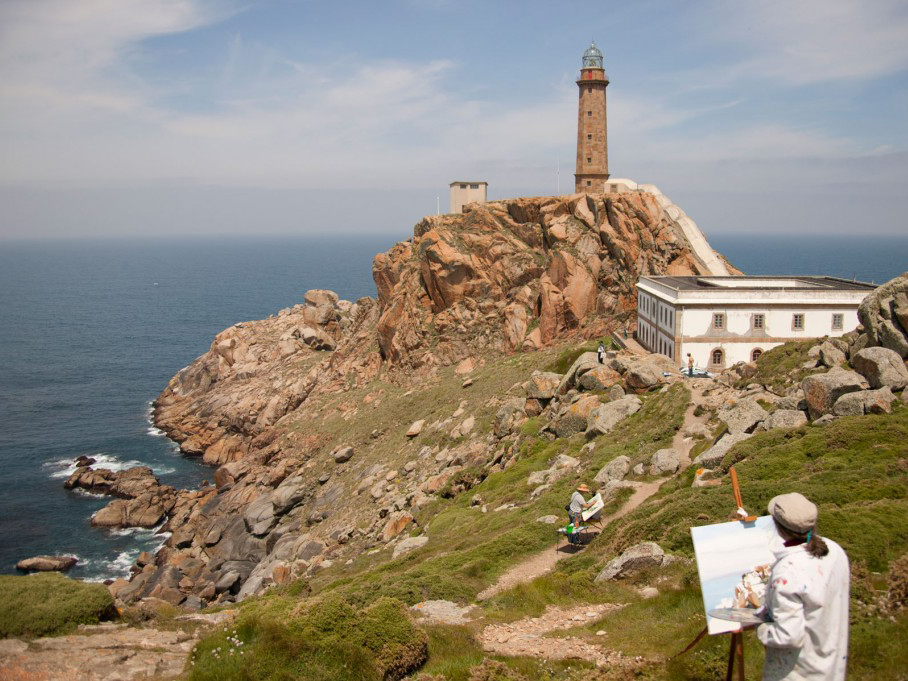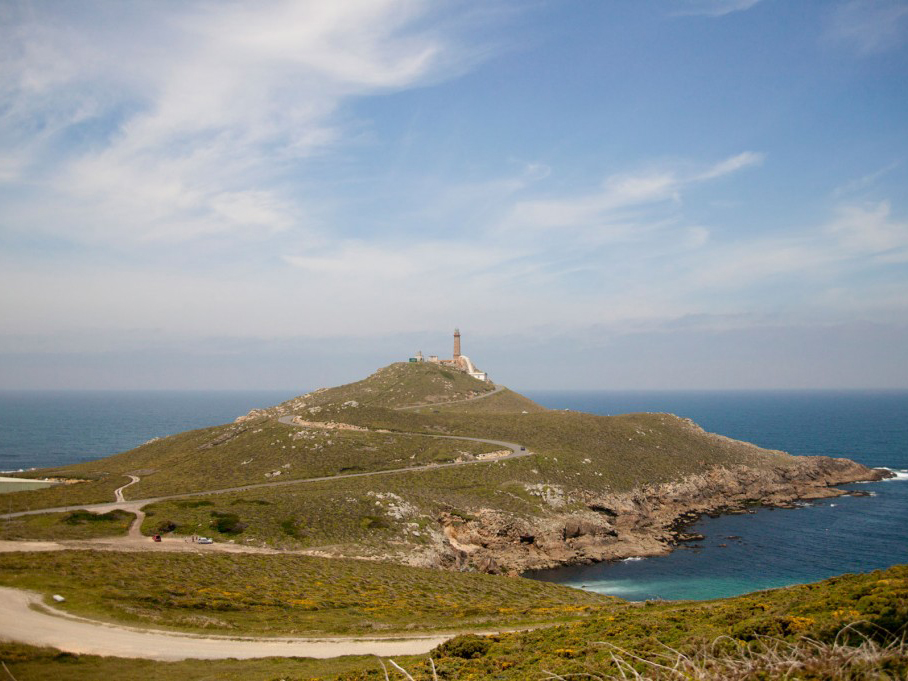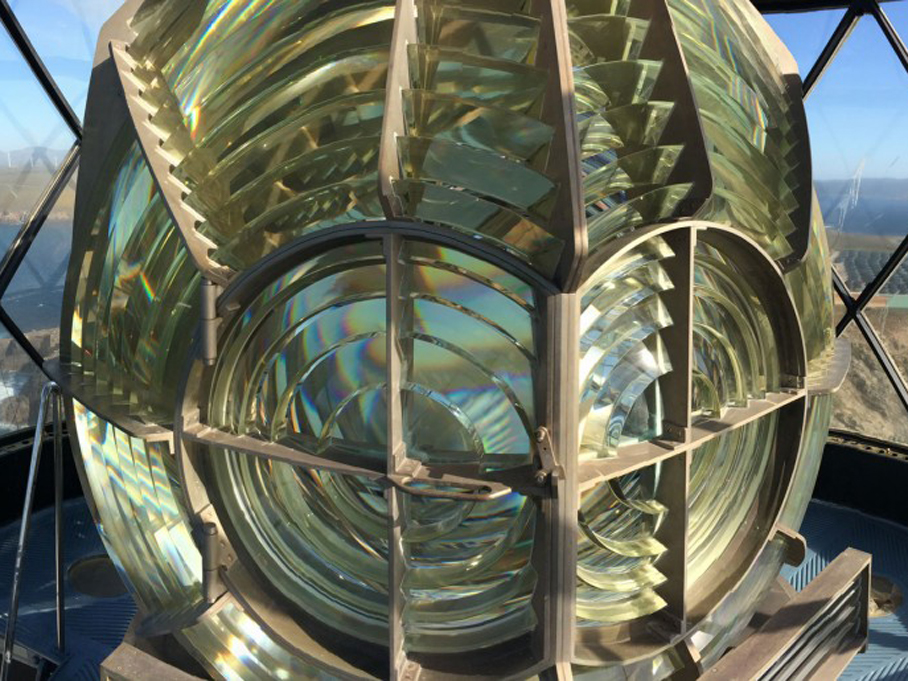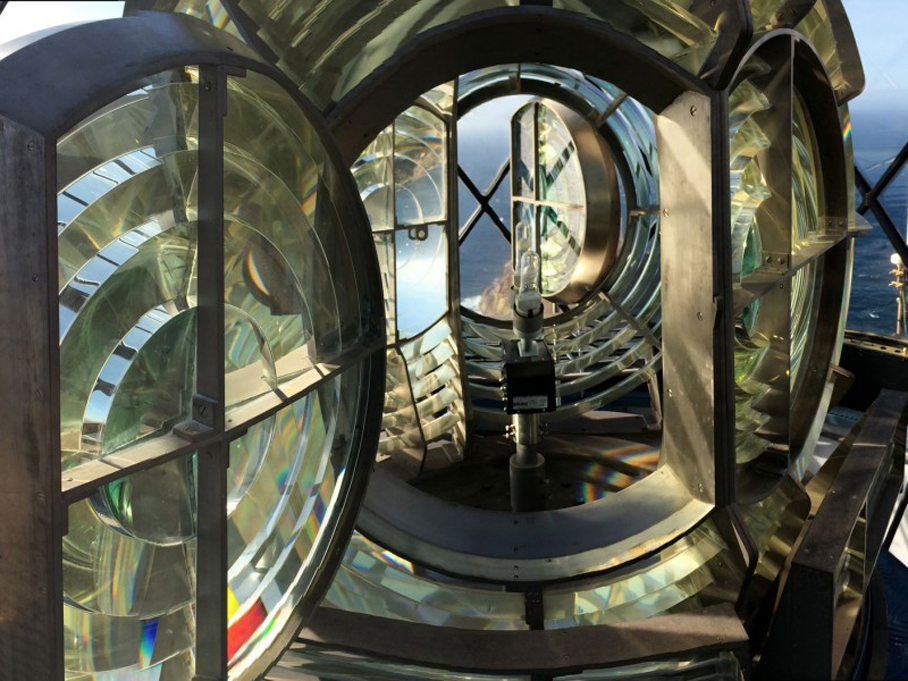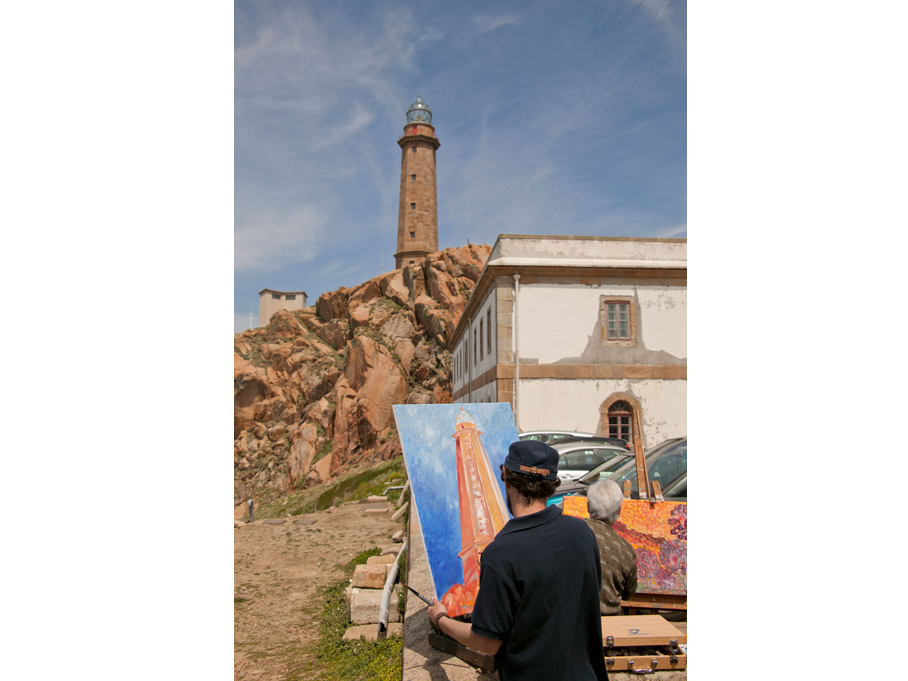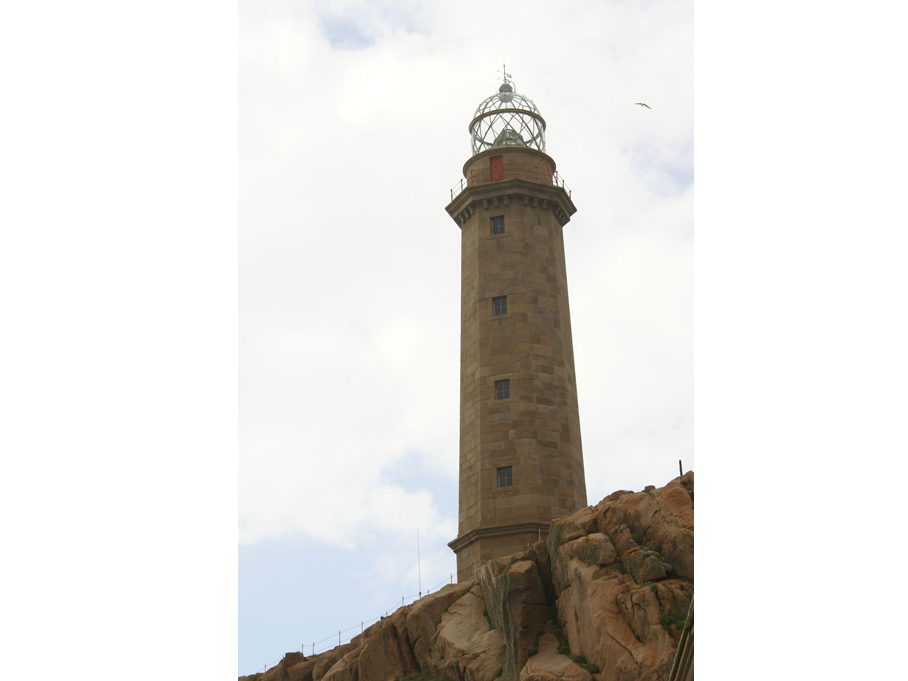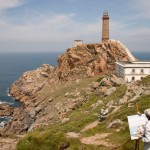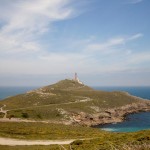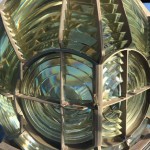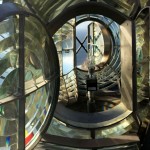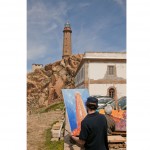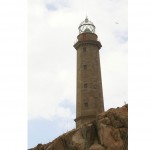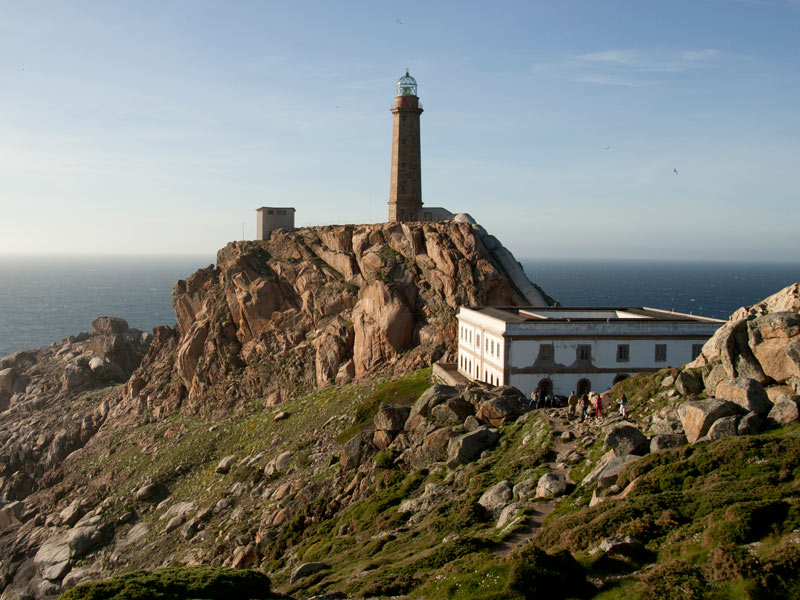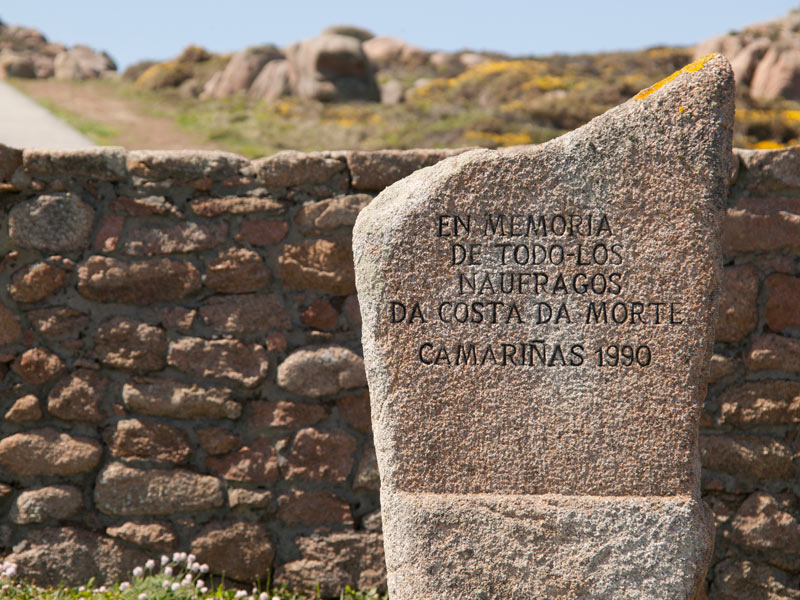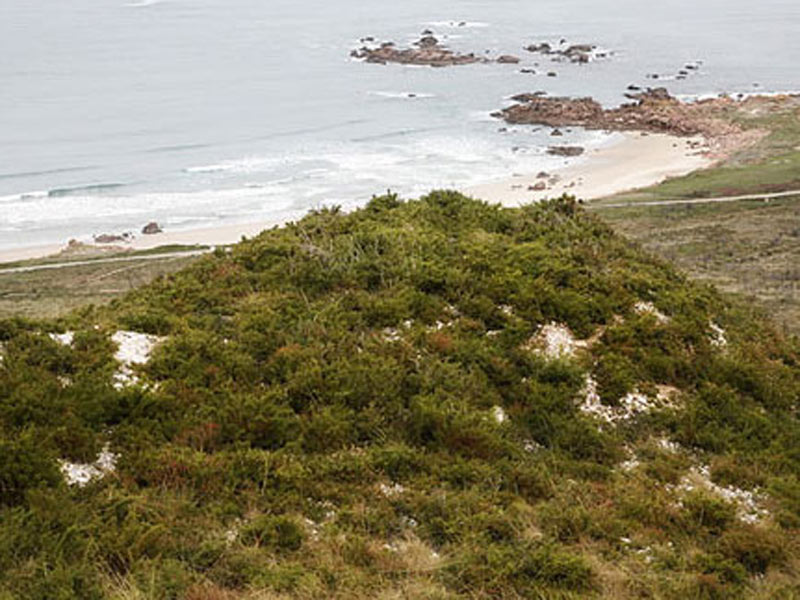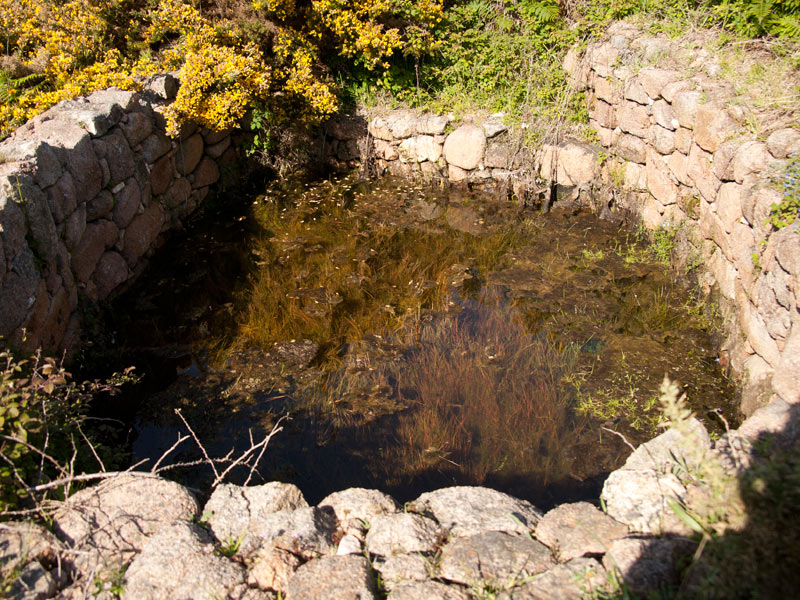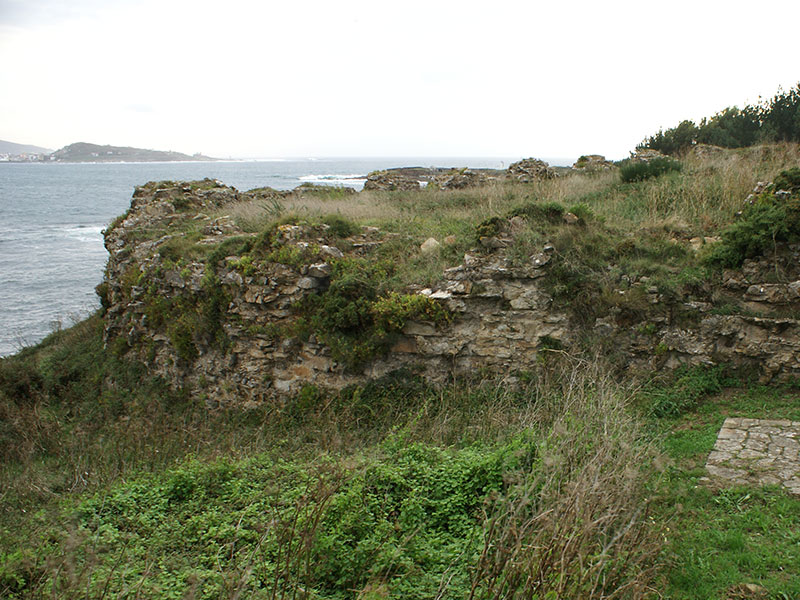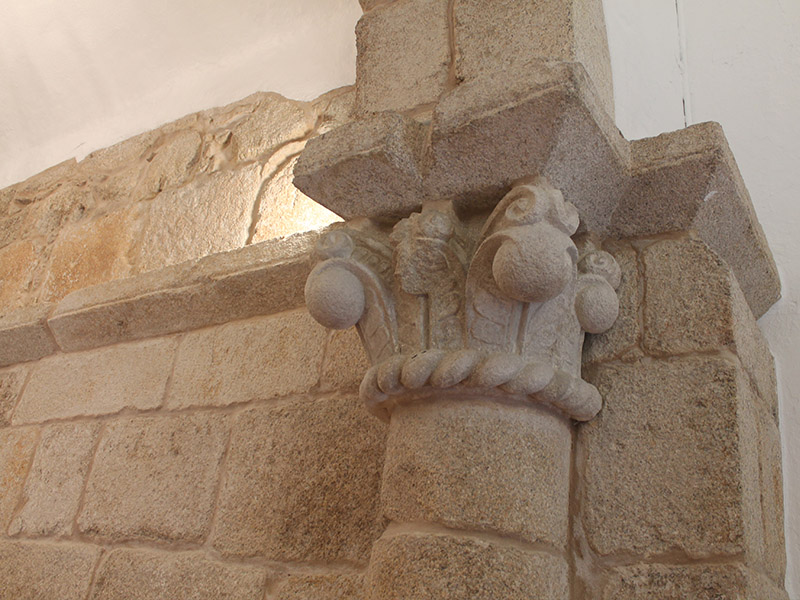The sinking of the English battleship HMS Serpent (1890) in Boi Point gave an impulse to the construction of the current lighthouse and its classification as a 1st order lighthouse, like Finisterre’s or Sisargas’, with a reach of over 60 miles (97 km ). The disaster also led to it becoming Spain’s first electric lighthouse (1896). Right in front, you can still see the so-called “Old Lighthouse”.
This is one of the Costa da Morte’s most characteristic lighthouses. The natural enclave where it stands is spectacular. In fact, in 1933, Cape Vilán was declared a Natural Site of National Interest.
It’s hard to forget about this place: its landscape, its light, its wind and the building’s architecture. It is built on several levels and adapted to the terrain: the dwellings are separated from the lantern and connected by a covered tunnel reaching through to the tower. All in all 250 steps!
This is an open lighthouse in all senses of the word. Step in to visit the exhibition rooms, where there is always something to see, and the Centre for the Interpretation of the Costa da Morte Shipwrecks, where you can see a simulation of a walk to the lantern.
If you arrive at sunset, look for the “Green flash” an optical phenomenon whereby a green spot is visible over the sun.
TECHNICAL DATA
- Tower height: 25 m
- Light height at sea level: 130 m
- Light: Two white flashes every 15 seconds
MORE INFORMATION
